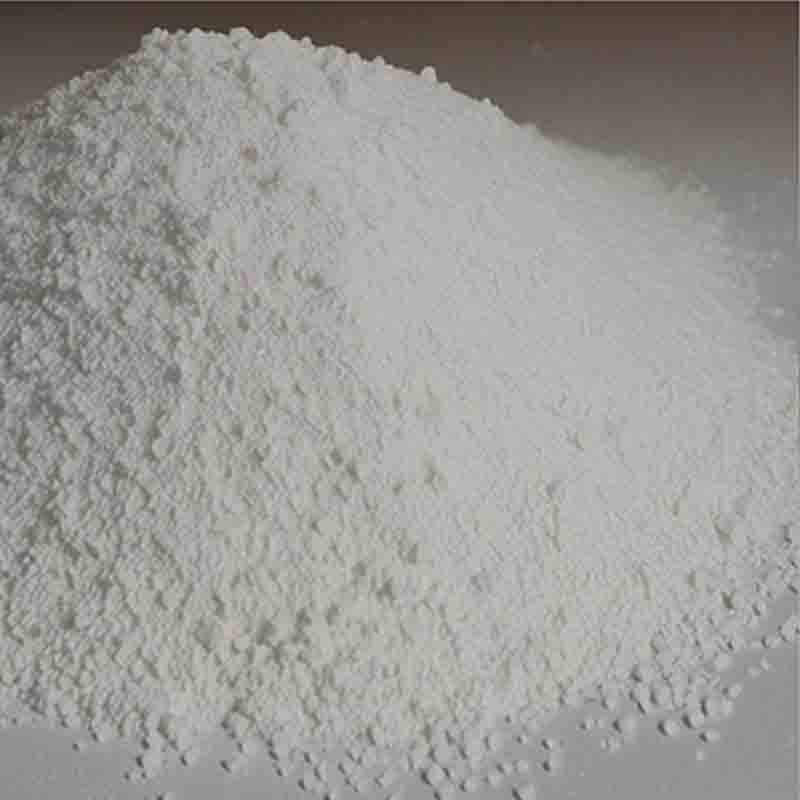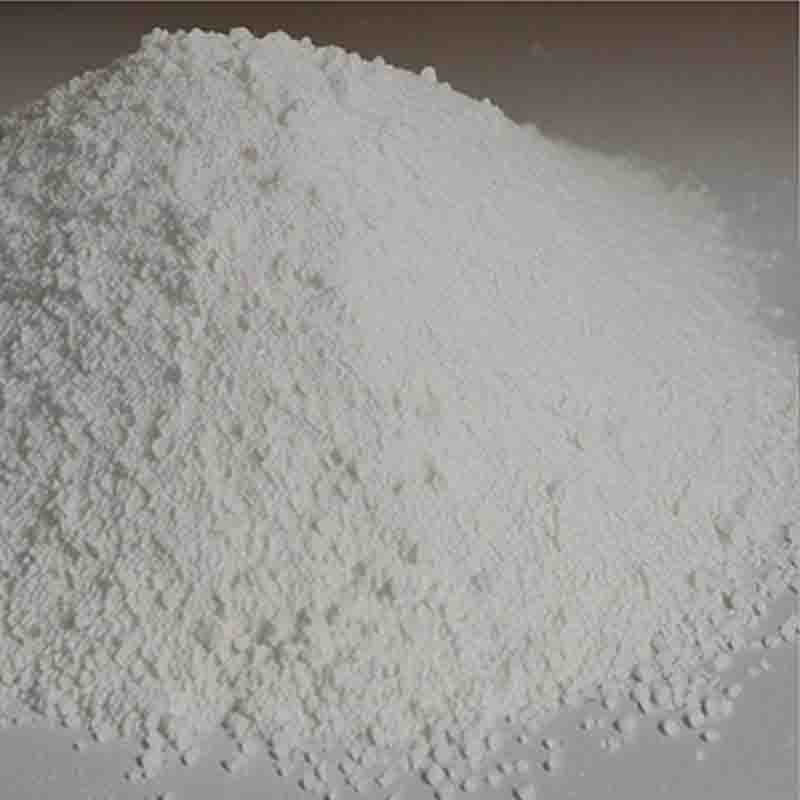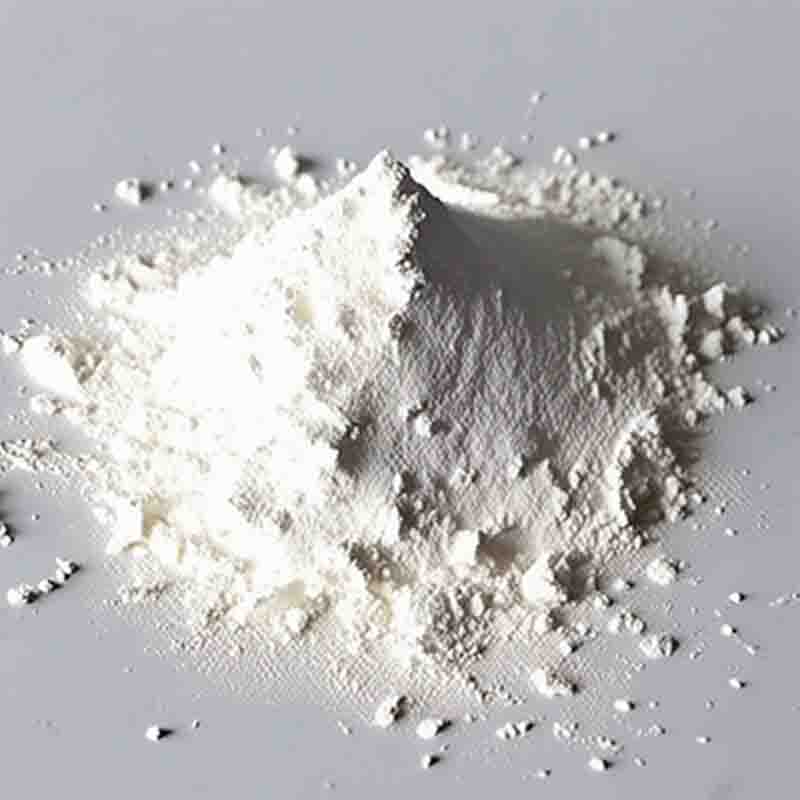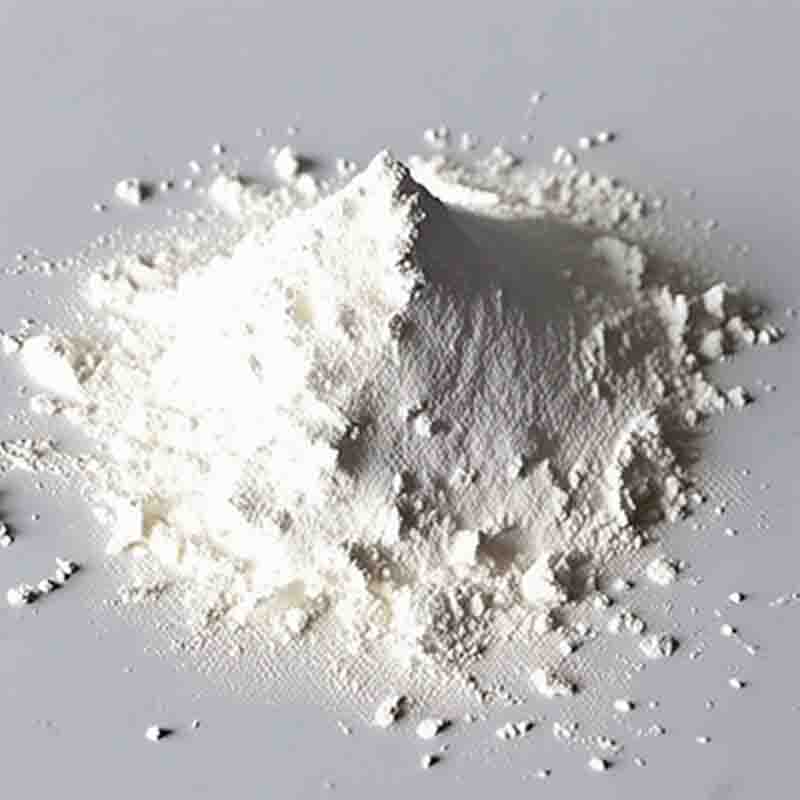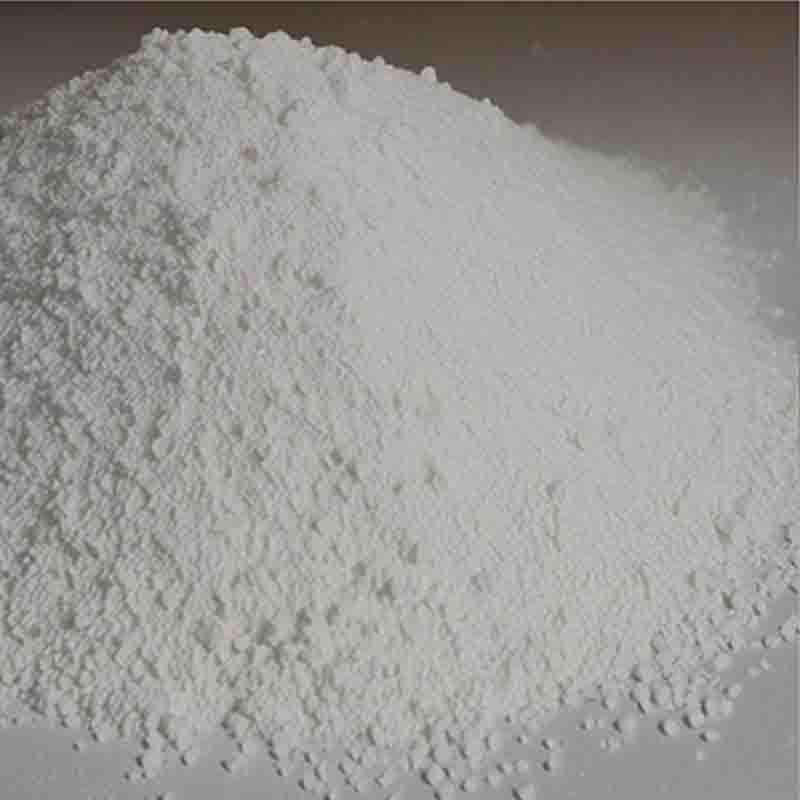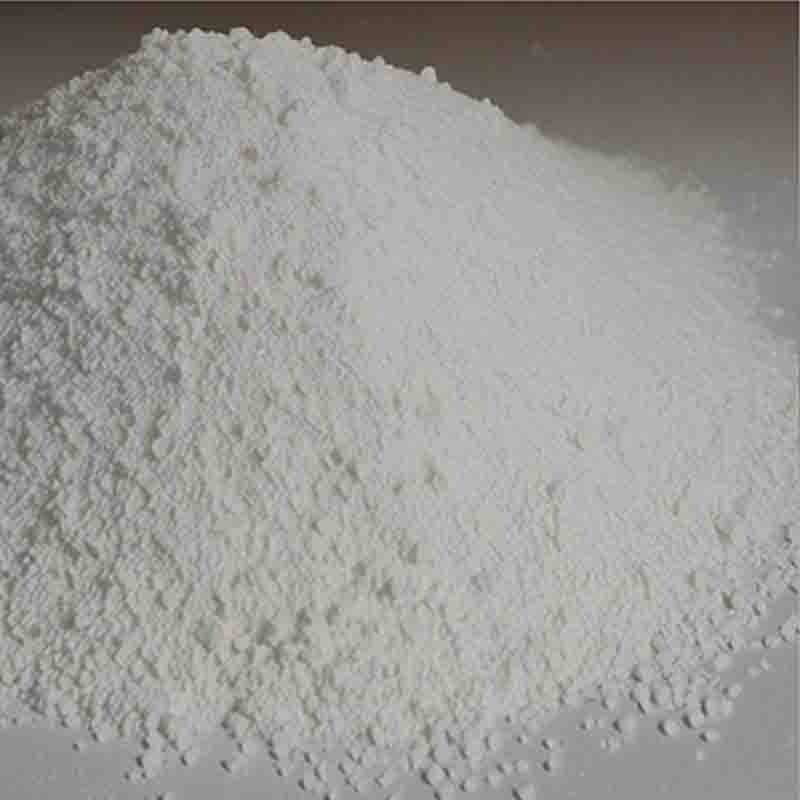1,3-Dibromopropane CAS:109-64-8
| Catalog Number | XD95994 |
| Product Name | 1,3-Dibromopropane |
| CAS | 109-64-8 |
| Molecular Formula | C3H6Br2 |
| Molecular Weight | 201.89 |
| Storage Details | Ambient |
Product Specification
| Appearance | White powder |
| Assay | 99% min |
1,3-Dibromopropane is a chemical compound with the molecular formula C3H6Br2. It is a colorless liquid that has various industrial uses, primarily as a solvent and as an intermediate in the synthesis of other chemicals. In this response, we will discuss the effects of 1,3-Dibromopropane.1,3-Dibromopropane is classified as a hazardous substance due to its potential health and environmental effects. Inhalation or exposure to its vapors can irritate the respiratory system, leading to symptoms such as coughing, chest tightness, and shortness of breath. Prolonged or repeated exposure may result in lung damage and respiratory sensitization, causing asthma-like symptoms in susceptible individuals.Direct contact with 1,3-Dibromopropane on the skin can cause irritation, redness, and burning sensations. It may also be absorbed through the skin and enter the bloodstream, potentially causing systemic effects. Eye contact can lead to severe irritation and damage, including corneal burns or ulcers.Ingestion of 1,3-Dibromopropane can result in gastrointestinal issues such as abdominal pain, nausea, vomiting, and diarrhea. It may also affect the central nervous system, causing symptoms such as headache, dizziness, and confusion. In severe cases, it can lead to unconsciousness or even death.Considering the potential health effects, it is crucial to handle 1,3-Dibromopropane with caution. This includes ensuring proper ventilation in areas where it is used or stored and using personal protective equipment such as gloves, safety glasses, and respiratory masks. If accidental exposure occurs, affected individuals should be removed from the contaminated area and seek medical attention immediately.Environmental effects of 1,3-Dibromopropane should also be considered. It is toxic to aquatic life and can cause long-term damage to ecosystems if released into waterways. Therefore, proper containment and disposal measures are necessary to prevent environmental contamination.In conclusion, 1,3-Dibromopropane is a hazardous chemical that can have detrimental effects on both human health and the environment. Exposure to this compound can lead to respiratory and skin irritation, as well as potential long-term health issues. It is vital to handle it with appropriate safety measures to minimize the risk of harm. Additionally, environmental considerations should be taken into account to prevent contamination and protect ecosystems.


